WALK: Craig Cerrig Gleisiad, Powys
The lure of the wild
Purple Arctic-Alpine flowers and bluebells colour a craggy habitat that’s home to one of the Brecon Beacons’ wildest views, says Fergus Collins
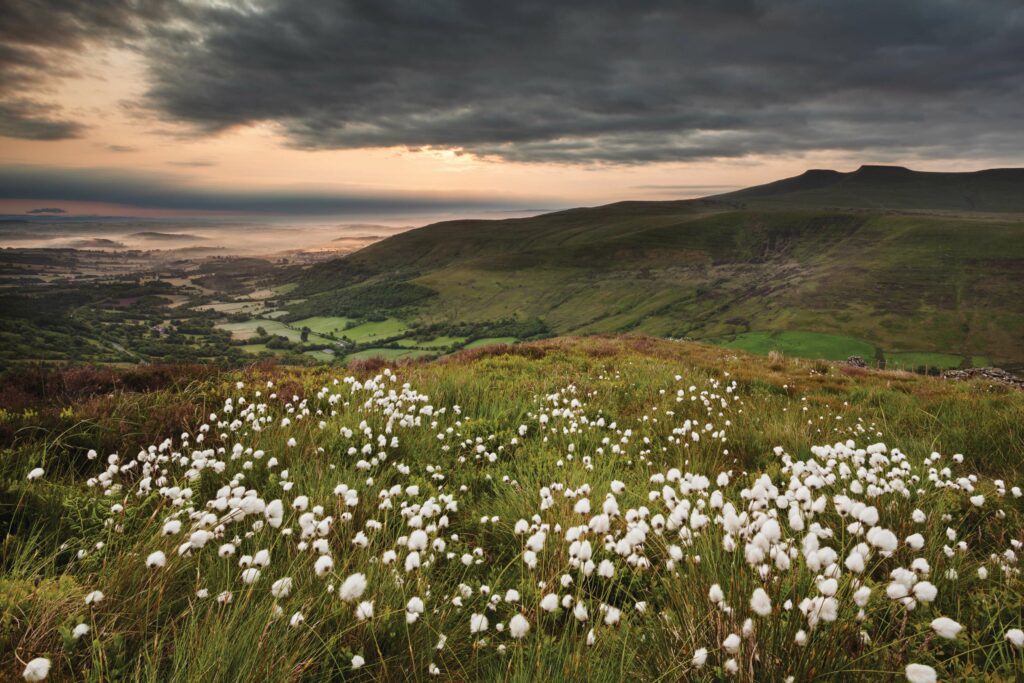
Of the many rewards that come from working on BBC Countryfile Magazine, the greatest is discovering new places to walk. From editing or reading the rambles gathered by our army of writers, to chance conversations with those working to save a particular landscape or species, I have accumulated enough treasures to write a book… or a magazine, come to that.
For me, nothing beats the thrill of stepping off a train or parking the bike or car and putting that first foot forward into a new landscape. The wilder and more wildlife-rich the better. I am rarely disappointed.
It’s not just the adventures, it’s the lasting memories and emotions that offer sustenance in darker times. I quite often daydream of a walk I took on Solway Firth to a backdrop of bugling geese, or the orchids flowering on a Wessex chalk escarpment. Or perhaps the time I sat on a promontory on the Anglesey coast, listening to choughs and curlews while waves crashed below.
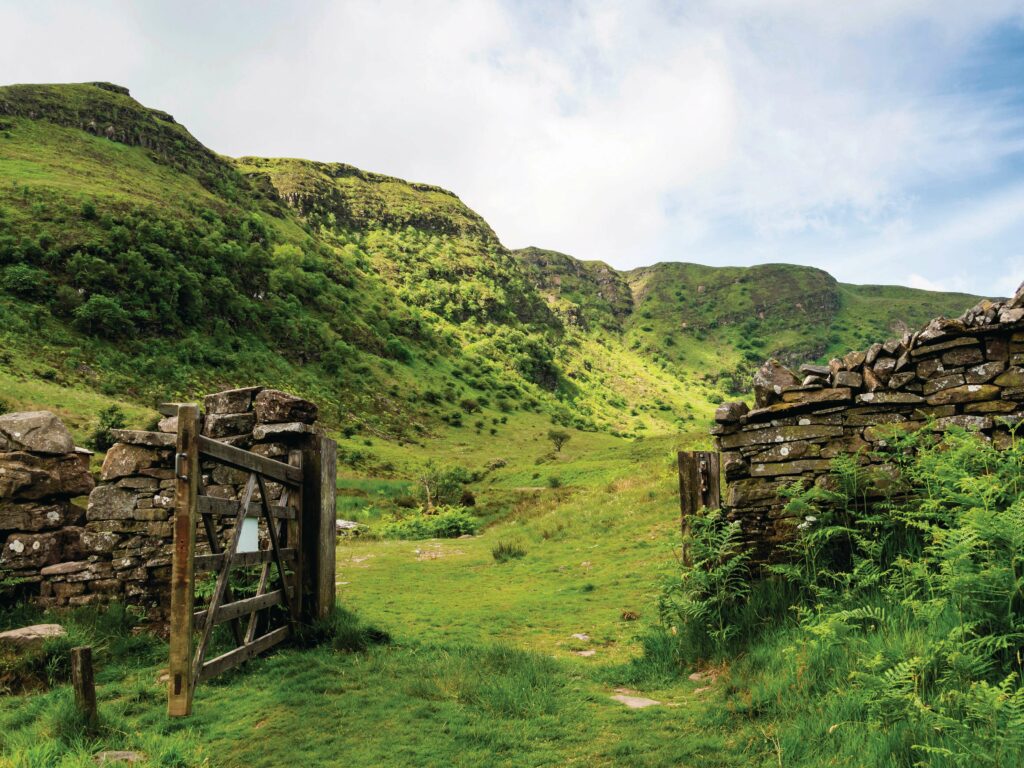
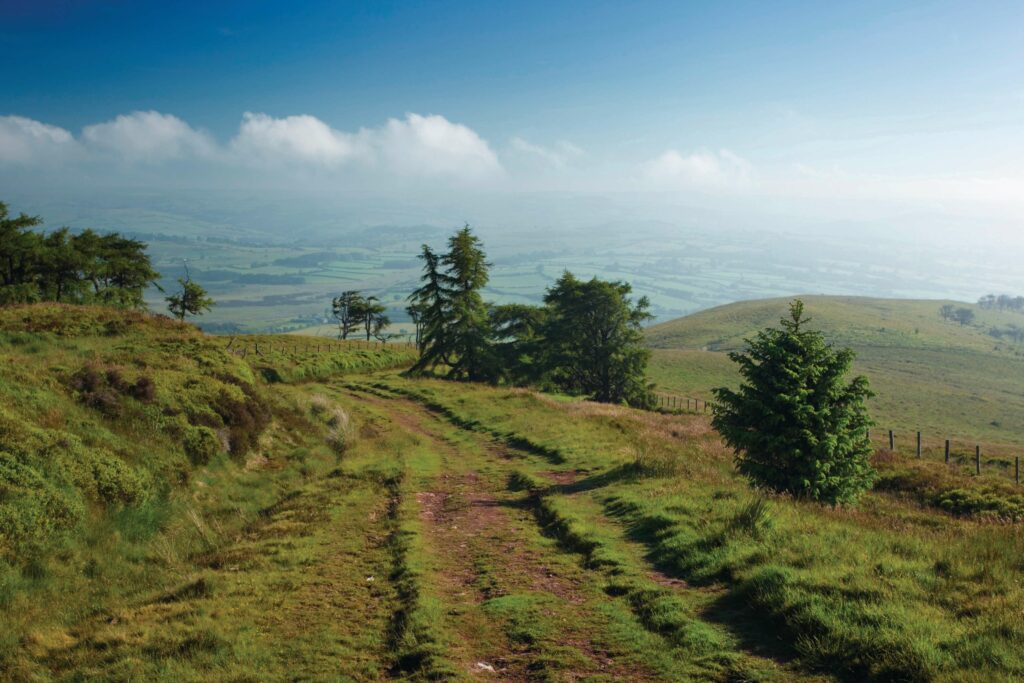
A SPECIAL DAY
More recently, I have captured some of these adventures on the Plodcast, our nature and countryside podcast. I hope you will tune in and enjoy some of these deeply uplifting and inspiring connections to the countryside we all love.
For now, though, I want to take you back to one of the first discoveries I made on BBC Countryfile Magazine. I was chatting to presenter and naturalist Mike Dilger and he mentioned an unspoilt crag in the Brecon Beacons where he had encountered ring ouzels – a mountain-loving species of blackbird with a gorgeous white bib. A bird I had never seen. The place was Craig Cerrig Gleisiad, a national nature reserve but with surprisingly little written about it.
I was living in Bristol at the time and made a plan for that spring. I waited for a warm, dry early May day to appear on the weather forecast and set out the night before, camping on the outskirts of Brecon. Before first light, at about 4.30am, I struck my tent and drove to a little lay-by near the reserve. As I stepped out of the car, I was greeted by a dawn chorus of redstarts, cuckoos, willow warblers and wrens. The great cliff-like peak was still dark but, as the sun rose, its northern face revealed a rare patchwork of wilderness. I knew then it would be a special day. It was so special that, within 18 months, my family and I uprooted from Bristol to come and live in the Brecon Beacons, where we dwell to this day, still making fresh discoveries every month.
THE ROUTE
2.7 MILES/4.3 KM | 2 HOURS | MODERATE–CHALLENGING
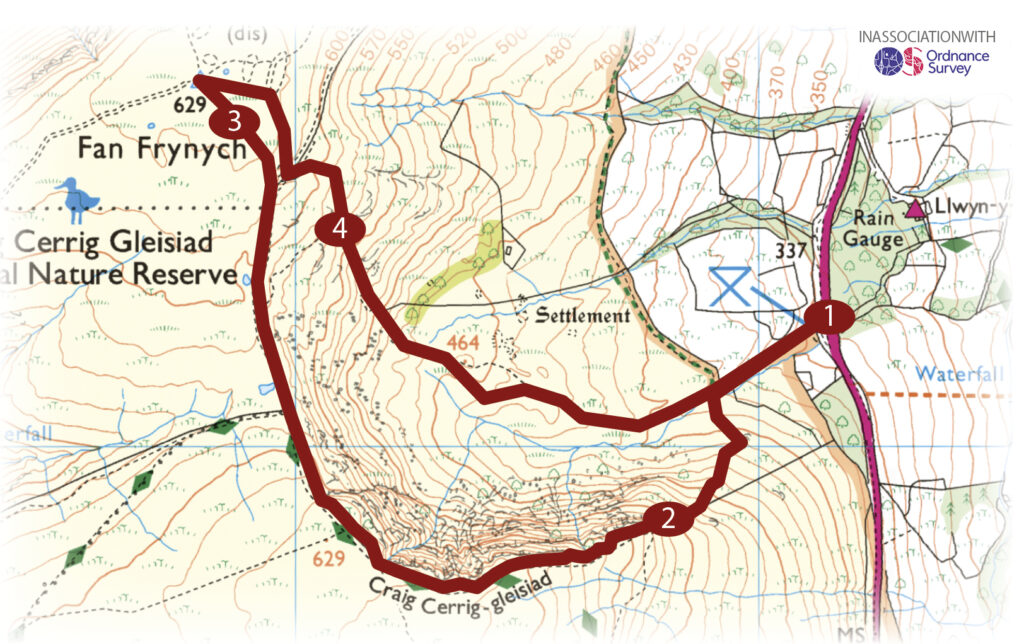
This is the walk I took. And yes, the ouzels did make an appearance.
1 WOODLAND TO CWM
Park at the lay-by beside Craig Cerrig-Gleisiad, a Fan Frynych National Nature Reserve on the western side of the A470. An information board and kissing gate indicates the entrance to the nature reserve and the start of your walk.
Go through the gate and follow the path through a small band of woodland for about 150m, soon emerging at the mouth of a large cwm.
This raven-haunted buttress is studded with steep crags that prevent sheep from grazing rare sub-Alpine plants, such as purple saxifrage. Hence, the flora here is richer and more interesting than elsewhere in the national park. And so are the birds.
At the foot of the cliff in spring, you’ll find bluebells flowering among the hawthorn scrub, from where male redstarts sing.
Ignore the right-hand turn and continue straight on for a few steps past scattered hawthorn trees, keeping an eye out for an inconspicuous crossing over a small stream on your left.
2 UP TO THE RIDGE
Cross the stream – agood test for your boots – and begin up the often-muddy path. As you climb the hill, the way becomes gradually steeper and begins to slalom. Take care here, especially in wet weather. As the paths bring you closer to the top, look out for nesting peregrine falcons and the star of the reserve: the ring ouzel.
Stick to the ridge as it curves north, keeping the cliffs and reserve on your right and the flat uplands of Rhos Dringarth on your left.
The path dips to a small llyn, with the Beacons Way veering left just before it – ignore this and continue straight on, rising gradually to reach a junction of paths. It’s a wild scene, often void of other walkers.
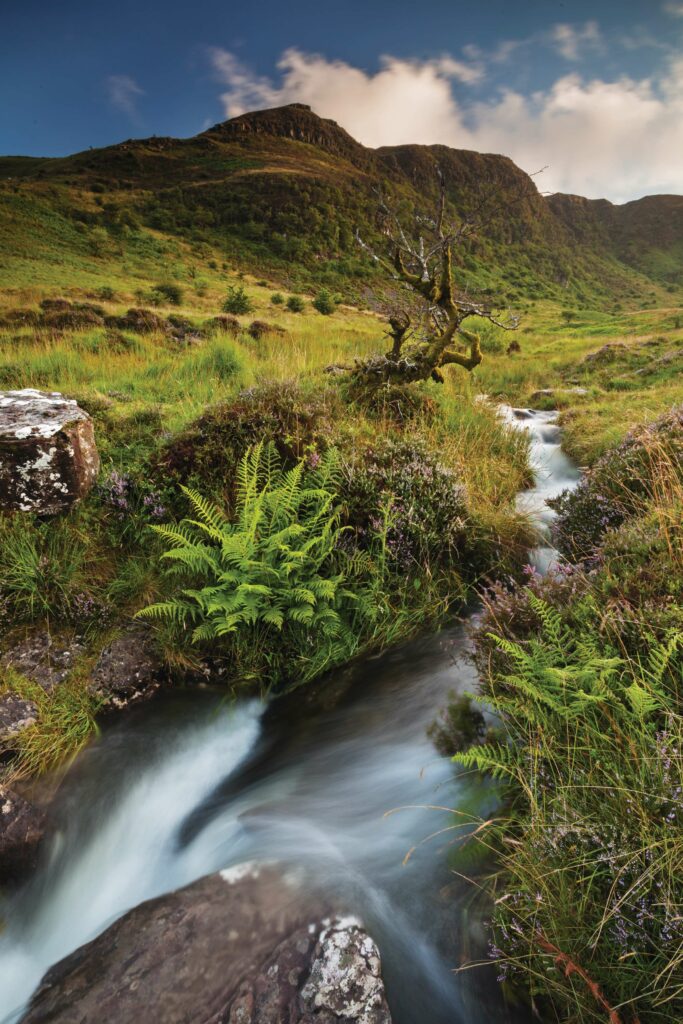
3 FRYNYCH VIEW
Divert left at the junction of paths away from the valley and climb to the summit of Fan Frynych. Views from the rounded crest stretch out over the Powys farmland to the north and west.
Return to the ridge at the head of Craig Cerrig-Gleisiad. Peering into the valley from here, it’s easy to imagine the scooping action of the glaciers that shaped the landscape.
4 GLACIAL SCAR
Descend into the valley, looking out for the many species of bird, insect and mammal that make this reserve their home.
A number of paths braid through the cwm; stick to the most obvious one to avoid trampling fragile Alpine plants, before making your way back to the car park.
THE MOUNTAIN BLACKBIRD
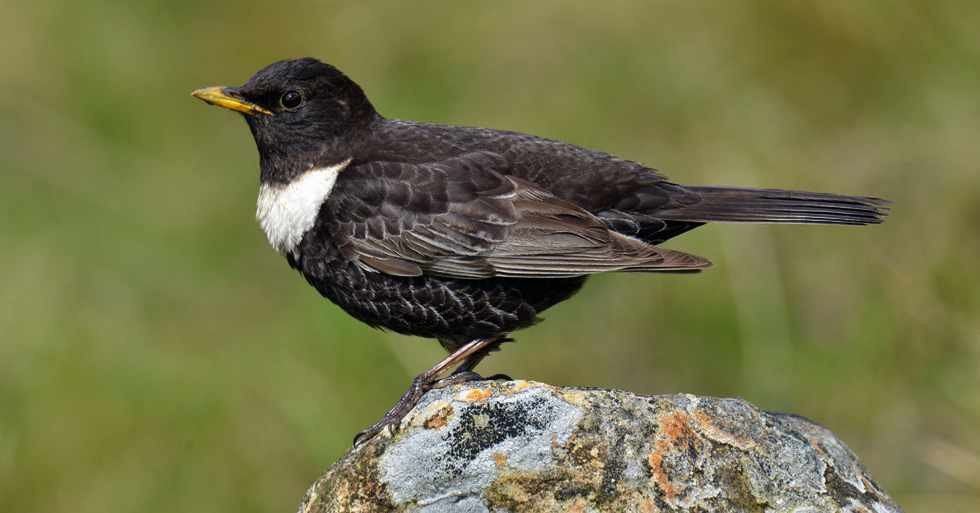
Like a blackbird but bigger and with a white bib, the ring ouzel loves craggy cliffs, where it feeds on insects, seeds and berries. It’s a summer migrant, arriving from north Africa in late March. Its call is a series of ‘chack-chackchacks’, while its plumage seems scaly rather than soft. Look for it in the ravines. This is just about the last place in the Brecon Beacons this rare bird nests.
FIVE MORE KEY SPECIES AT CRAIG CERRIG-GLEISIAD

1 CUCKOO
A rarity that still flourishes around Craig Cerrig, laying its eggs in the nests of others such as meadow pipits.
2 PEREGRINE
A pair nest on the inaccessible cliff face, duelling with ravens for nest sites and airspace.
3 REDSTART
A wistful melody coming from a hawthorn tree is likely to be the male redstart’s song. This summer visitor loves the rocky wooded slopes at the foot of the cliffs here.
4 BROWN HAIRSTREAK
Once common throughout Britain, the brown hairstreak is still found in parts of the Beacons, including here.
5 PURPLE SAXIFRAGE
These purple flowers on a green cushion are a spring treat, found only in limestone uplands, such as the Beacons, where sheep can’t reach.
Fergus Collins is the editor of BBC Countryfile Magazine.
How to use OS Maps on your device
OS Maps gives unlimited access to OS maps throughout Great Britain.
Discover hundreds of thousands of ready-made routes at your fingertips.
No signal? No problem. Download maps and routes and use them wherever you go.
Visualise your routes in full 3D, and print out as required.
Use the AR Viewer to pan across the landscape and rediscover your view.
Get access to the whole of Britain for only £28.99 for a 12-month subscription.